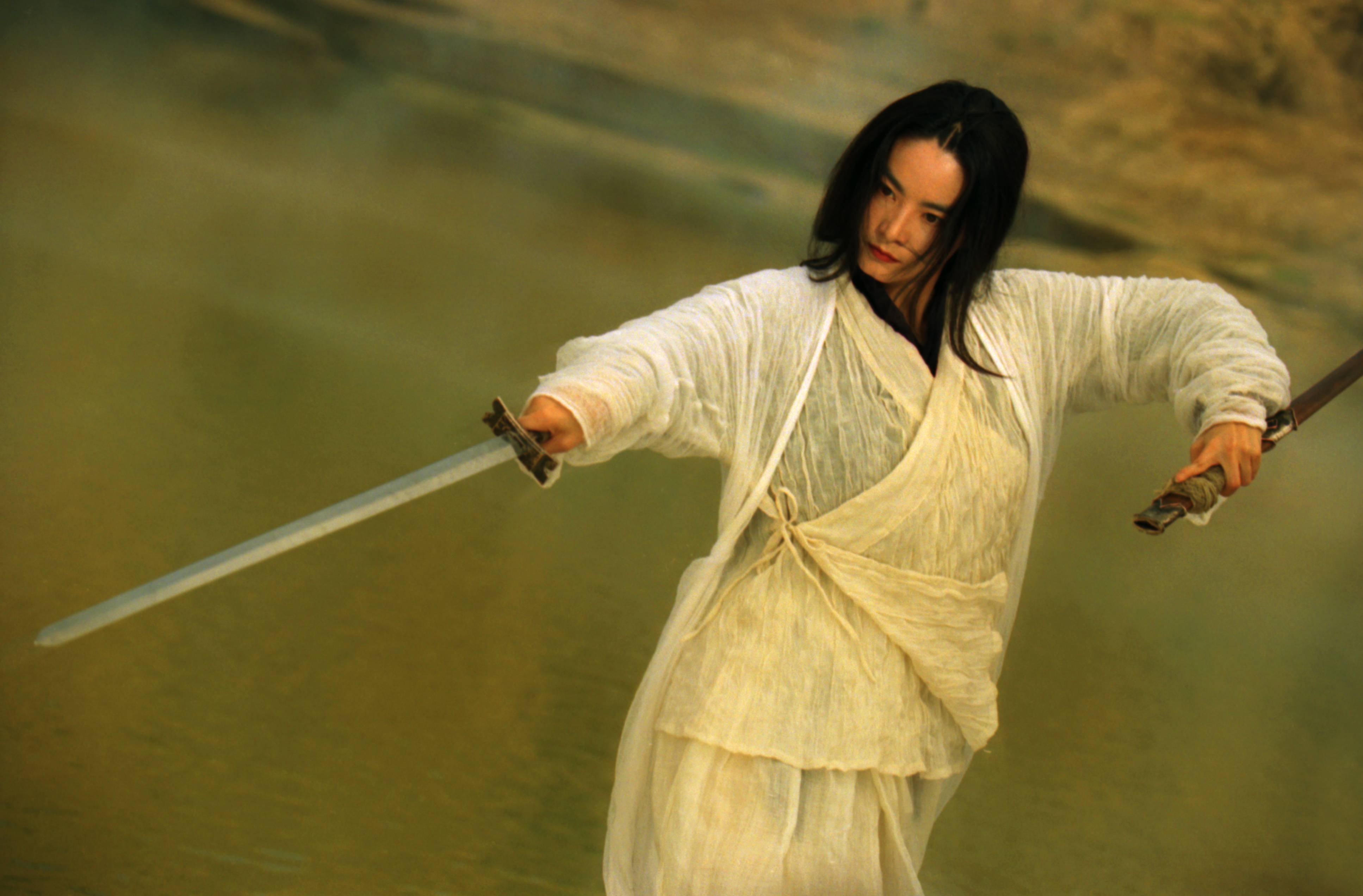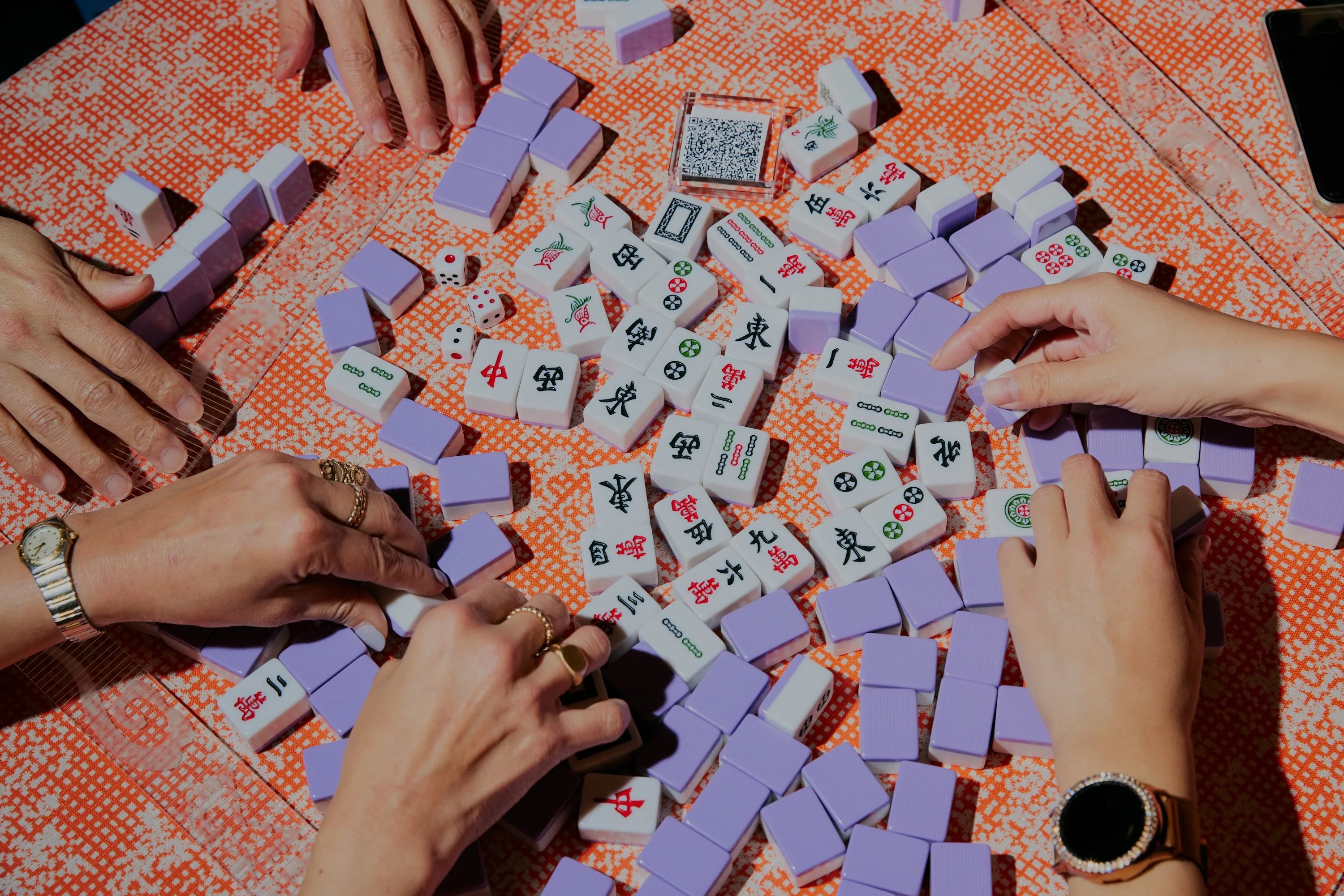The Year of the Rat begins this weekend and if you were born during this particular wedge of the Chinese zodiac wheel of cheese, you’re in good company.
Famous rats include four US presidents (George H.W. Bush, Jimmy Carter, Richard Nixon, and George Washington) and British wordsmith William Shakespeare.
Hard rock is well represented with Ozzy Osbourne and 50% of Led Zeppelin (Robert Plant and the late, great, John Bonham) all born in the Year of the Rat. Sporting rats include Cristiano Ronaldo, Diego Maradona, and LeBron James.
Need more? Well there’s Apple’s Tim Cook, North Korea’s Kim Il-sung, 2020 academy award nominee Scarlett Johansson, and everybody’s favorite runaway royal: Prince Harry.
Related:
 Here’s Your Essential Playlist of Chinese New Year BangersFrom old-school Gala belters to zeitgeist-straddling trap ads, here’s how to soundtrack the Lunar New Year in styleArticle Jan 29, 2019
Here’s Your Essential Playlist of Chinese New Year BangersFrom old-school Gala belters to zeitgeist-straddling trap ads, here’s how to soundtrack the Lunar New Year in styleArticle Jan 29, 2019
Chinese history has a few famous rats as well, naturally.
Wang Mang (45 BCE) was either, depending on the political ideology of your history teacher, a brilliant and forward-thinking political reformer or a power-hungry usurper who temporarily toppled the Han Empire in 9 AD.
In the world of poetry, famous rats include Du Fu (born 712) and Bai Juyi (born 772). Not exactly the happiest spring poem, but Du Fu wrote this rather bleak ode to spring (“The Spring Gaze“) just after the An Lushan Rebellion had overturned Tang society and laid waste to the capital. (In fact, Du Fu’s poem is reminiscent to some of fellow rat T.S. Elliott’s “The Wasteland.”)
The country shattered, mountains and rivers remain
Spring in the city—grasses and trees are dense.
Feeling the times, flowers draw forth tears.
Hating to part, birds alarm the heart
Beacon fires for three months in a row;
A letter from home worth ten thousand in gold.
White hairs scratched to grow even shorter—
Soon too few to hold a hairpin on.
Related:
 Watch: Chinese New Year Traditions Are ChangingFrom the way the “largest annual human migration in the world” takes place, to how young people deal with the pressures of returning home, Chinese New Year is changingArticle Feb 06, 2019
Watch: Chinese New Year Traditions Are ChangingFrom the way the “largest annual human migration in the world” takes place, to how young people deal with the pressures of returning home, Chinese New Year is changingArticle Feb 06, 2019
It’s not just the male literati who can claim rat status. Fellow poets Li Qingzhao (born 1084) and Bing Xin (born 1900) are also rats. Li has her own ode to spring, “Spring at Wuling.”
The wind halts. The dust is fragrant
with fallen flowers.
Morning falls into evening.
I am too tired to comb my hair.
Things are the same,
but people changed.
All is finished.
I want to speak,
yet tears flow first.
I hear them say
spring is still good
at Twin Streams.
I would float there
in a light boat,
but fear the grasshopper boats
at Twin Streams
could not bear such sorrow.
There are some famous rats in Beijing’s past as well. (No street food jokes, please.) The emperor most responsible for the modern city of Beijing, Zhu Di, aka the Yongle Emperor, was born in the Year of the Rat, 1360. His decision to move the capital from Nanjing gave rise to the modern city of Beijing. It was the Yongle Emperor and his officials who ordered the construction of the Beijing city walls, the Forbidden City, Temple of Heaven, and many other landmarks which still exist, in some form or another, even today.

One of the more tragic events to occur at the Forbidden City (which officially turns 600 this year) was the death of the Pearl Concubine in 1900. She was a rat (born 1876) who, according to palace tales, was a particular favorite of the Guangxu Emperor [r. 1875-1908]. Unfortunately, her spunky personality grated on the emperor’s aunt, the Empress Dowager Cixi. Legend has it that during the confusion of the Boxer War, the Empress Dowager had the unfortunate concubine stuffed down a well in the Forbidden City. Whatever the truth, the Well of the Pearl Concubine can be found in the northeastern section of the Palace Museum at the Forbidden City.
Another northern landmark, the Great Wall, owes a debt to yet another rat, Qi Jiguang, born 1528. General Qi made his bones fighting piracy along the Chinese coast before being asked to build sections of the Great Wall defending the capital. One of the sections he built is Jinshanling, a popular tourist spot today, that features no less than two giant statues of General Qi.
The pirates Qi Jiguang fought were not, as is sometimes believed, Japanese invaders. The pirates were mostly Chinese. Although like pirates throughout history and around the world, the crews were a decidedly international lot with some Japanese, Europeans, and even Africans supplementing the Chinese crews.
Related:
![]() Swine Fever: Celebrating Chinese History’s Most Famous PigsWhat do Hillary Clinton, Chinese Admiral Zheng He, Amy Winehouse, and Chiang Kai-shek have in common? They are all pigsArticle Feb 04, 2019
Swine Fever: Celebrating Chinese History’s Most Famous PigsWhat do Hillary Clinton, Chinese Admiral Zheng He, Amy Winehouse, and Chiang Kai-shek have in common? They are all pigsArticle Feb 04, 2019
A good example of this kind of polynational pirate organization is another rat, Zheng Chenggong, better known internationally as Koxinga, born 1624. Dad was a Chinese pirate, mom was from Nagasaki. The younger Zheng joined the family business before the whole clan was ripped asunder by the Ming-Qing transition. Ultimately, Zheng Chenggong ended up fleeing the Manchus and the mainland. He founded the independent Kingdom of Eastern Peace on the island of Taiwan after overrunning a Dutch Fort there in 1662.
Speaking of the Ming-Qing transition, Manchu leader Dorgon, who led the invasion, and the man who let him inside the wall, Wu Sangui are rats, both born in 1612. After fall of Beijing to the rebel armies of Li Zicheng and Zhang Xianzhong in 1644, Ming general Wu Sangui, stationed along the Great Wall at Shanghaiguan, was caught in a dilemma. He decided that the best thing to do was to get Manchu assistance to defeat the rebels and retake the capital. Dorgon, the uncle of the young Qing emperor Fulin, thought that was a great idea. Of course, the Manchus then set up house in Beijing for the next 268 years.
So as you raise a glass to the Year of the Rat, think of the contributions rats have made to Chinese history.















